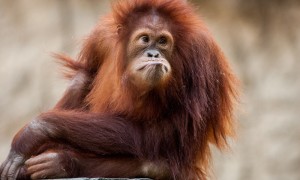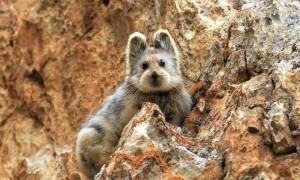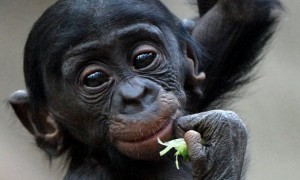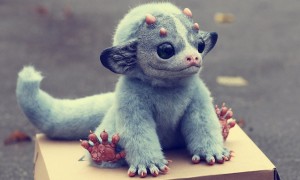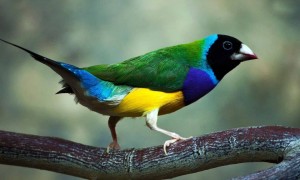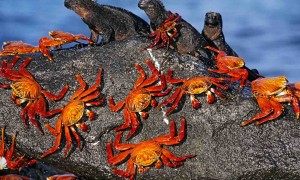Flamingo – 18 million years ago
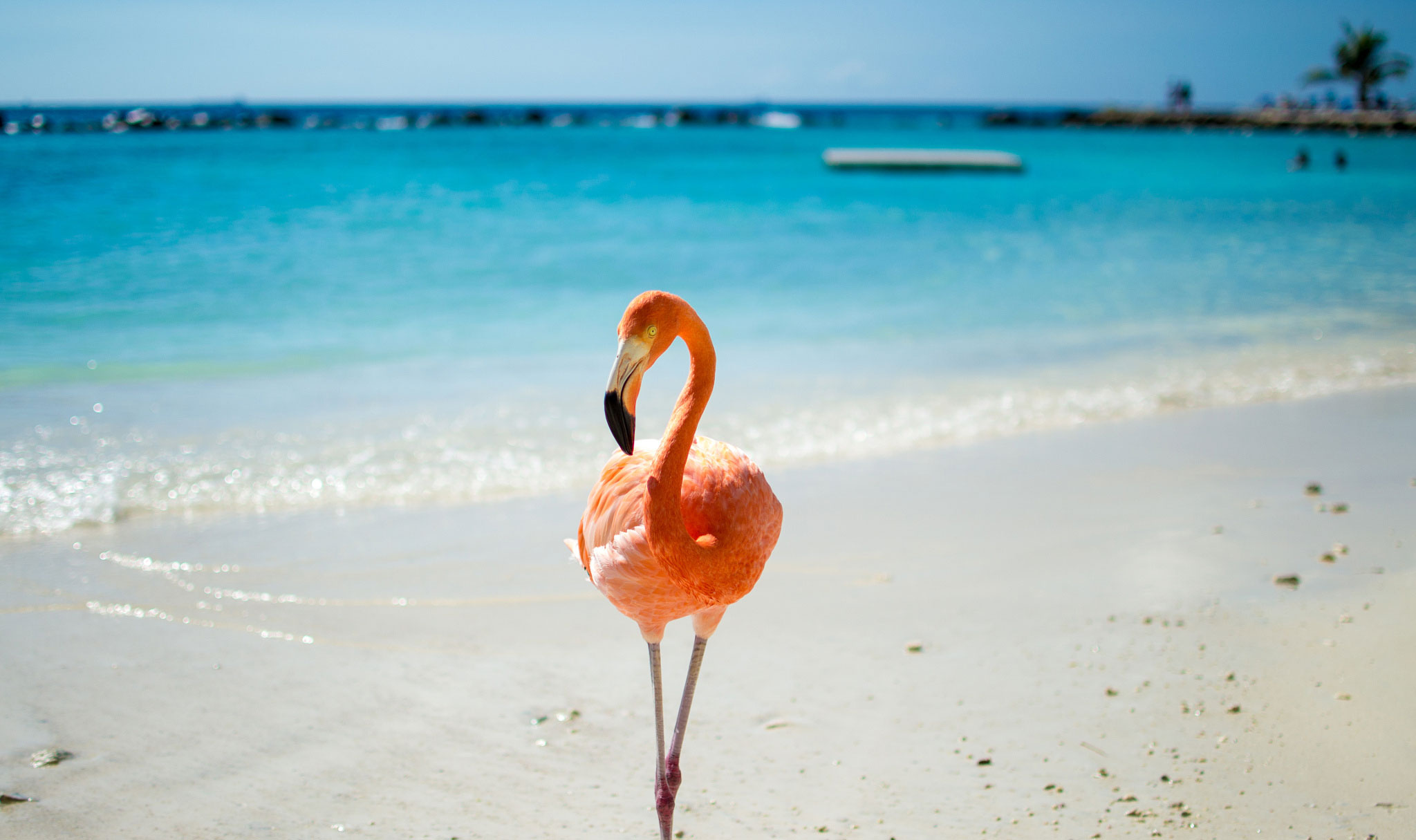
In a former Spanish lake of Miocene age, which today is a big piece of limestone, scientists have discovered a prehistoric eggs Flamingo on 18 million years ago. Viewed under a microscope, the five eggs were quite similar to those of modern flamingos species. Noticed some differences however. The way in which the nest was made from sticks and leaves – is quite different from mud towers that the pink birds build today. In addition, the modern flamingos lay only one egg, not five. After the nest looks more like that of the crested grebe and a close relative of flamingos, scientists consider that it probably belonged to an ancestor of both birds.
Baby Flamingo are gray or white and pink in a few years. Their color comes from their diet, which absorb a lot of pigment beta carotene – the same as in carrots and pumpkins – which is found in some algae and crustaceans. If flamingos stop eating that kind of food, its color will gradually fade.
Aardvark – 35 million years ago
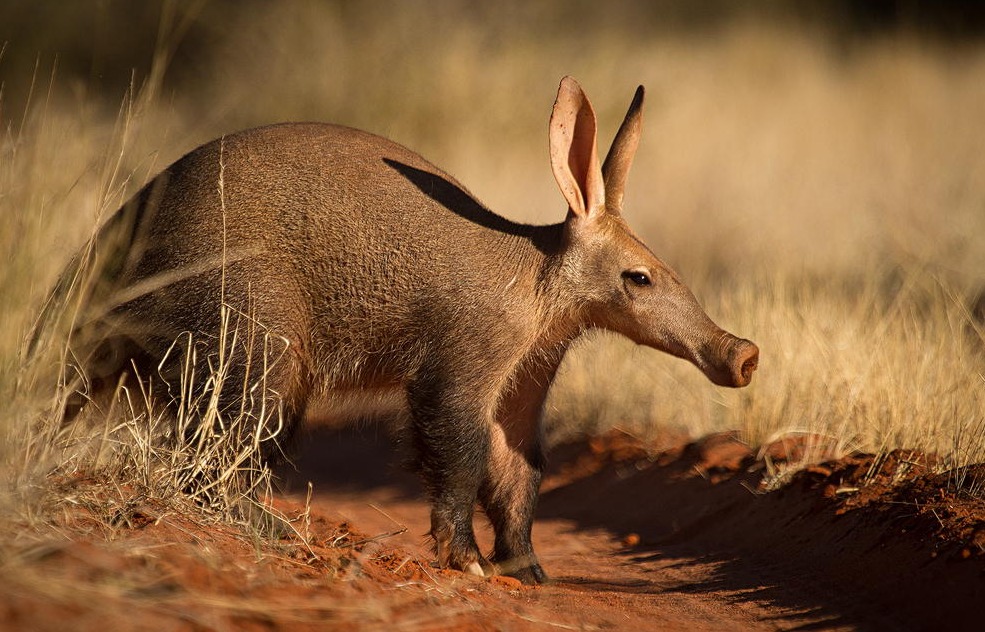
Looks like a cross between a kangaroo and a pig, this interesting mammal is not especially evolved over the past 35 million years ago. Aardvark has a primitive teeth without enamel and roots, has no collarbone and rear paws are webbed. This animal is very elusive, as in life, and fossils – quality specimens are very rare.Scientists believe that Aardvark is a genetic anomaly, because his genes have evolved over time, compared to other mammals. In fact have evolved so little that African animal probably is the closest living relative of the common ancestor of all mammals. Aardvark is the only remaining member of the species of animals, which dates back to the time of the dinosaurs.
Virginia opossum – 70 million years ago
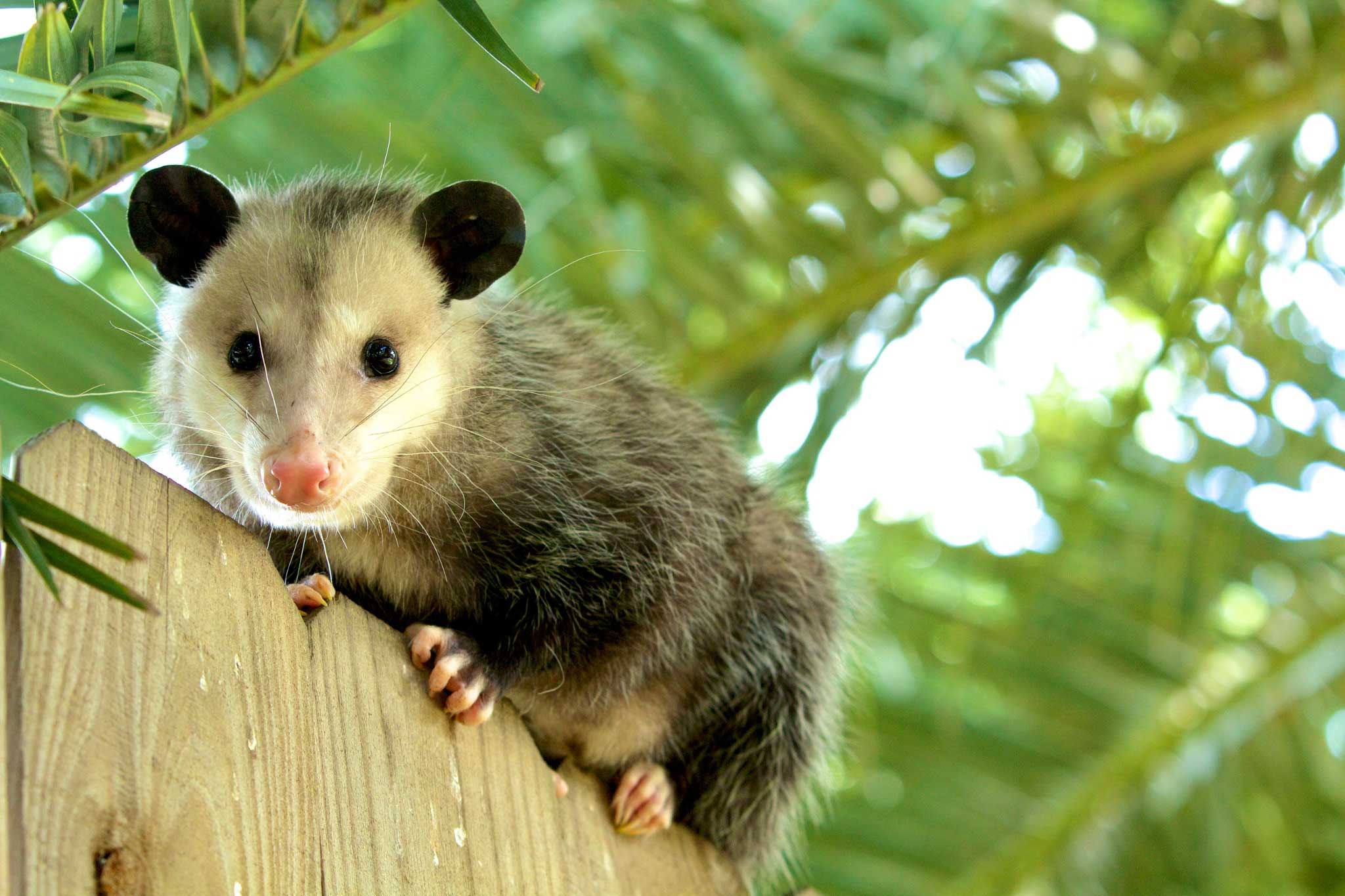
The only marsupial in North America looks like a combination between cute bear and a sewer rat. The fossil record indicates that dates back to 70 million years ago, making it one of the oldest mammals on Earth.
The Virginia opossum has remained almost unchanged in all this time. Also like the Kangaroo, he brings in his little bag that is so strong that it can protect the baby if the mother is hit by a car, for example. It’s also waterproof, protecting the newborn when the mother swims.
No one can say for sure how long this animal imitates dieing in the face of danger, but are quite good in it. When there are no other options, the Virginia opossum may be pretending to be unconscious for six hours, slowing the pulse and breathing, and cross your fingers. Contrary to popular belief, however, this happens very rarely and tactics is applied more often by younger.
More Possum trying to scare their enemy as bared its 50s teeth – a record number for a mammal.
Indian purple frog – 135 million years ago
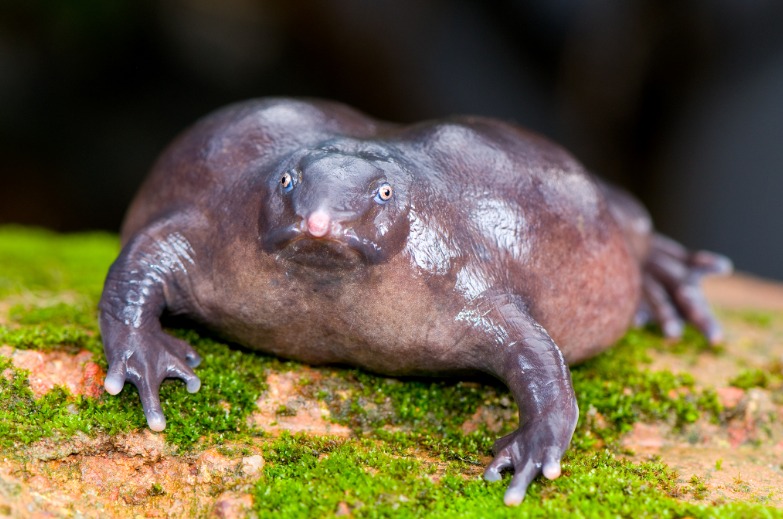
Purple frog was bouncing around and around dinosaurs for about 70 million years ago, is survived by the disaster, which wiped them out, and has lived until today to intrigues scientists. The rare amphibian, which reaches a length of up to 7 cm and spends most of its life underground, was discovered only recently in the Western Ghats in India.
Scientists have identified a new family for her, since DNA studies have shown that the species is unique among frogs and does not belong to any other group. Really weird creature. Purple frog has a little sharp face, directly linked to the formless body – does not seem to have head or neck.
During the monsoon season, this frog leaves its lair to mate and feed on termites. The underground life makes it very hard to find, so scientists are not sure how big is the population of the species.
Ginkgo biloba – 200 million years
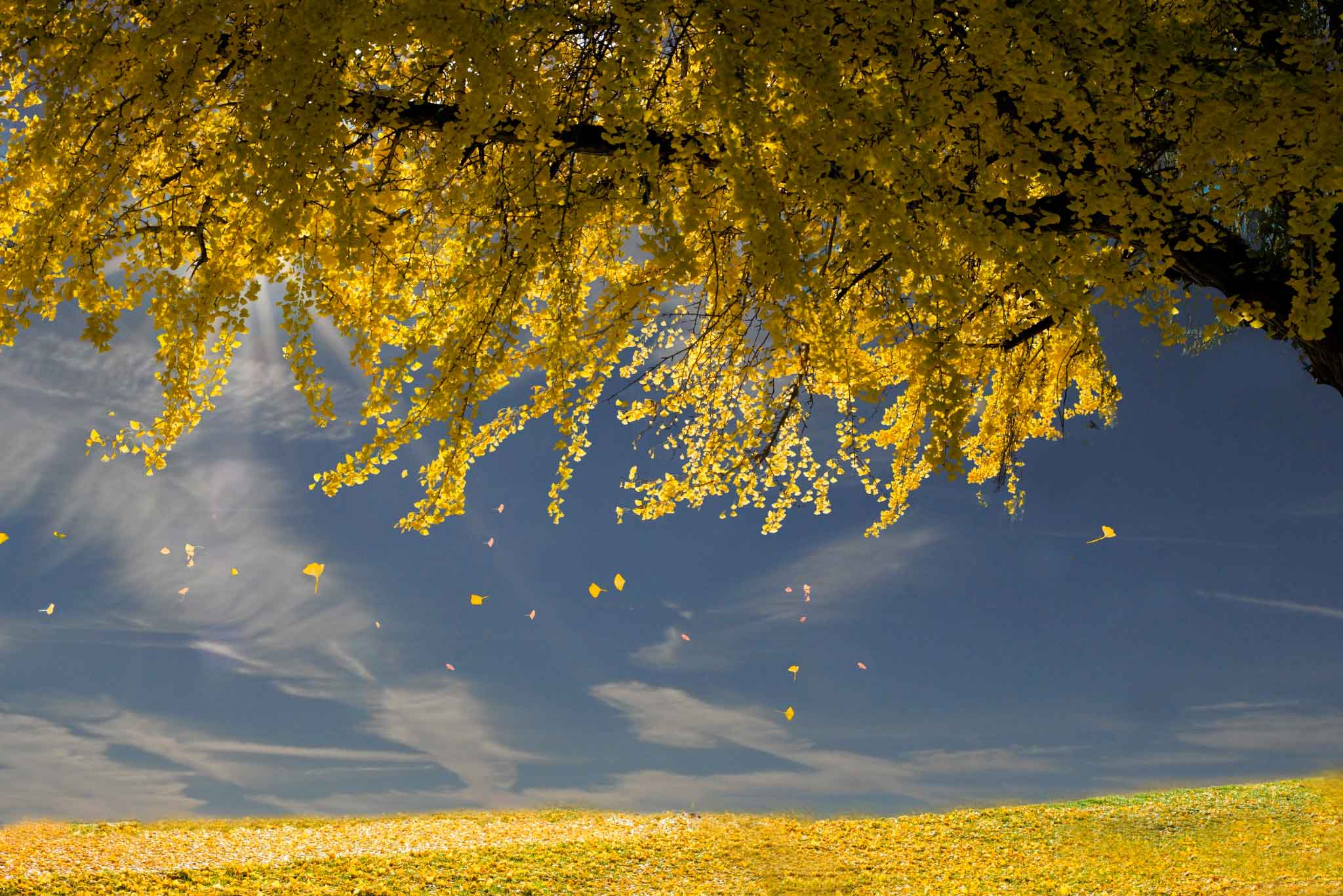
A tree that is a common sight on the streets of many cities and usually remains undetected, although it has a remarkable story. This is the oldest type of tree, unchanged to this day – in the case of at least 200 million years.
Its seeds stink horribly, but it is believed that probably attracted some animals that help spread them. The Chinese were the first to appreciate the type of about 1,000 years ago, when they started to grow it because of its seeds. To this day they still use the seeds for medicinal purposes, and some medicinal products in Western countries are made from an extract of the leaves of the tree.
All the other trees of the Department Ginkgoaceae have long been missing, leaving only Ginkgo biloba, survived everything, including the atomic bomb. A tree grew to a Japanese shrine where the atomic bomb was detonated over Hiroshima in 1945, but the very next spring the tree was still blooming. Situated 700 m from the epicenter of the explosion.
The species has an enviable longevity. Even 100 years ago, it is believed a young tree. The unprecedented survival of this botanical miracle can be explained in part by its ability to repel pests and diseases, as well as its habit to becomes green under stress. But how it has evolved and why other types of Ginkgo disappeared are questions that still have no answers.

